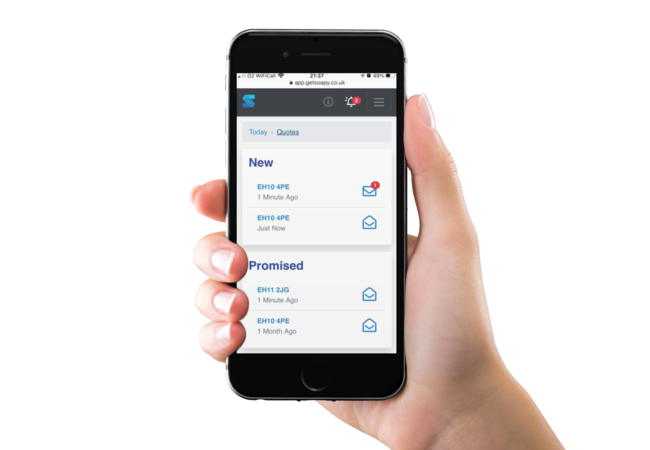Nancy Duarte is CEO of Duarte Inc, one of Silicon Valley’s most prestigious communications firms. In an exclusive interview with The Industry Leaders, she explains what entrepreneurs must do to hook more clients when it comes to creating content.
Duarte Inc. was founded in 1988 by husband and wife team Mark and Nancy Duarte. The company has gone from a boutique design agency to one of Silicon Valley’s best-known communications firms. They’re perhaps most widely known for creating Al Gore’s famously impactful slideshow about global warming.
Nancy Duarte became CEO of the firm in 1990 and has been a pioneer of helping entrepreneurs tell stories that build communities and turn bystanders into paying customers for some of the biggest companies in the world. Throughout her time at the helm of Duarte Inc., she has championed the use of psychometric testing when assessing the culture-fit of new hires and built one of the most diverse companies in America – a diversity that doesn’t stop at the front door of their own building:
‘We’ve been auditing all of our own suppliers to ensure that there’s diversity there as well. That mix of cultures within one business hasn’t been an issue because the psychometrics have really helped us in understanding each other.’
This diverse mix of employees, within a female-led business, allows Duarte and its people to think outside the box, especially when it comes to understanding and addressing common problems that startups face.
And one of the principal issues for any new business, where cash is often tight, is whether their budget focus on great copy or great design when it comes to creating content.
Unsurprisingly, Duarte recommends focusing first on copy:
‘The Duarte method is made up of three things. One of them is content; the second is visuals; the third is delivery. If I were to rank them, I would say that the content — what we call story — is king. Content comes first, and that’s followed by delivery, and then visuals comes third.’
Duarte explains that, as human beings, our brains are hardwired to receive information in the form of stories. Which is why content should be the priority for leaders within businesses of any size – not just startup founders.
Design, which includes visuals like images, photos, or graphics should be left until last – behind storytelling:
‘Content can be structured in the form of a story. Our brains are wired for story. We’re naturally open to that, which is why content is first. Delivery refers to the medium you’re using to communicate that content. The only reason I stack visuals third is that you have to have the ability with the spoken word first in order to craft your words into vivid imagery. So, even if you don’t have the opportunity for designed visuals, you can still create a very vivid narrative with words alone.’
But there’s one thing that simultaneously trumps all three of these items, while binding them together:
Empathy.
It’s a quality that was also highlighted as vital by another Silicon Valley CEO and Stanford Professor, Jen Dulski.
‘All three together are powerful [but] if these three things were circles in a Venn diagram, the centre, where they overlap, would be empathy. That’s the number one thing,’ says Duarte.
‘Empathy for your audience will guide you to the appropriate content, delivery and visuals. Don’t do a single thing without first considering what your audience needs.’
It’s a subject that’s becoming more widely discussed in the business world, especially with the rise of increasingly vocal employees, via message boards, blogs, and platforms like LinkedIn.
But the logic makes sense: employers who are more empathetic are much more likely to retain their most talented employees. TikTok influencer and Harvard Graduate Julian Sarafian is a prime example of how corporate America has sometimes failed its brightest young talent.
It’s also a subject that is close to Nancy’s heart, as she explained that there are some subjects that even she, as a communicator, finds hard to discuss publicly.
Her recommendation? Read the room before telling a story loaded with your deepest personal traumas – especially in a business setting:
‘There are some audiences I would never go there with where the most I’ll share is a lighthearted self-deprecating comment. Then there are other audiences, more female audiences, who I’ll go there with. There are times I’ve wept openly from the stage. It depends on the audience. You can have a stronger emotional appeal to some and a more analytical appeal to others.’
So, if you’re running a business and you’re not sure where your budget should go when creating content – whether for employee or public consumption – follow Nancy Duarte’s advice:
- Lead with content
- Then focus on delivery
- Your visuals can come third
Then bind everything together with empathy.






Leave a Reply